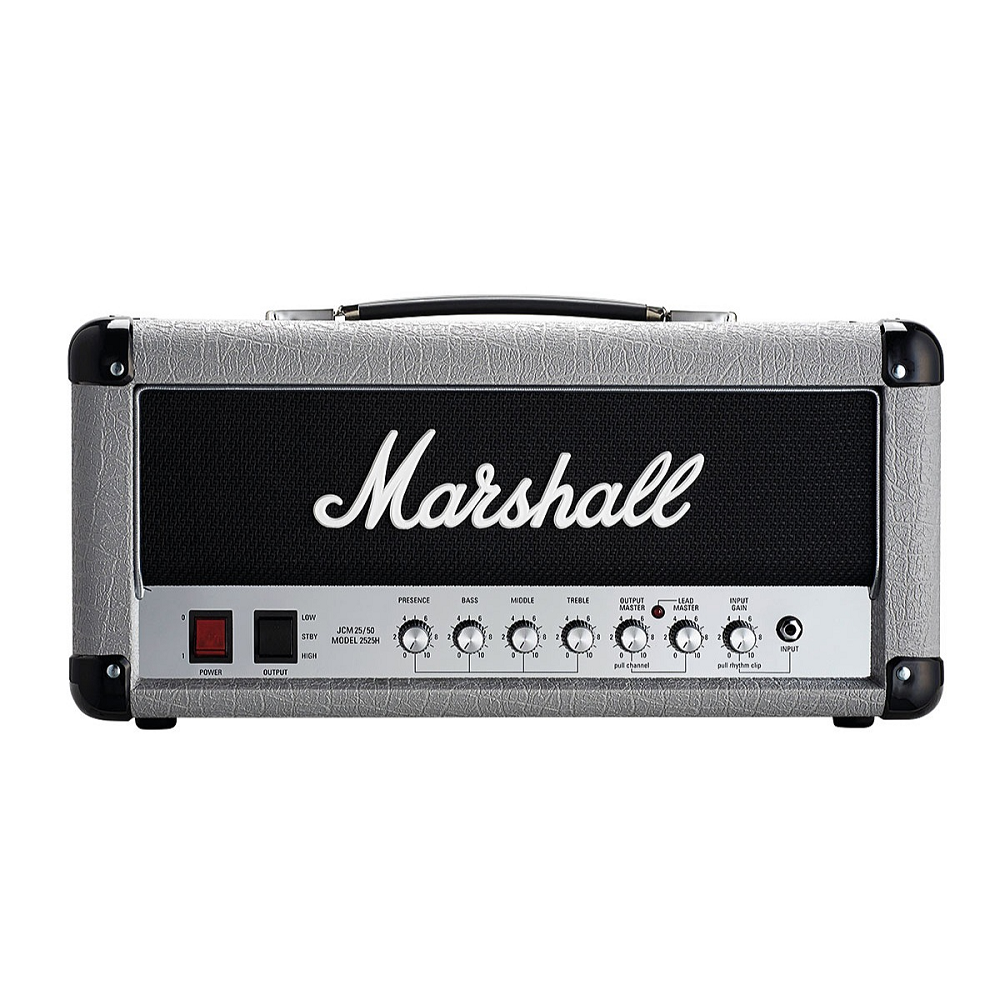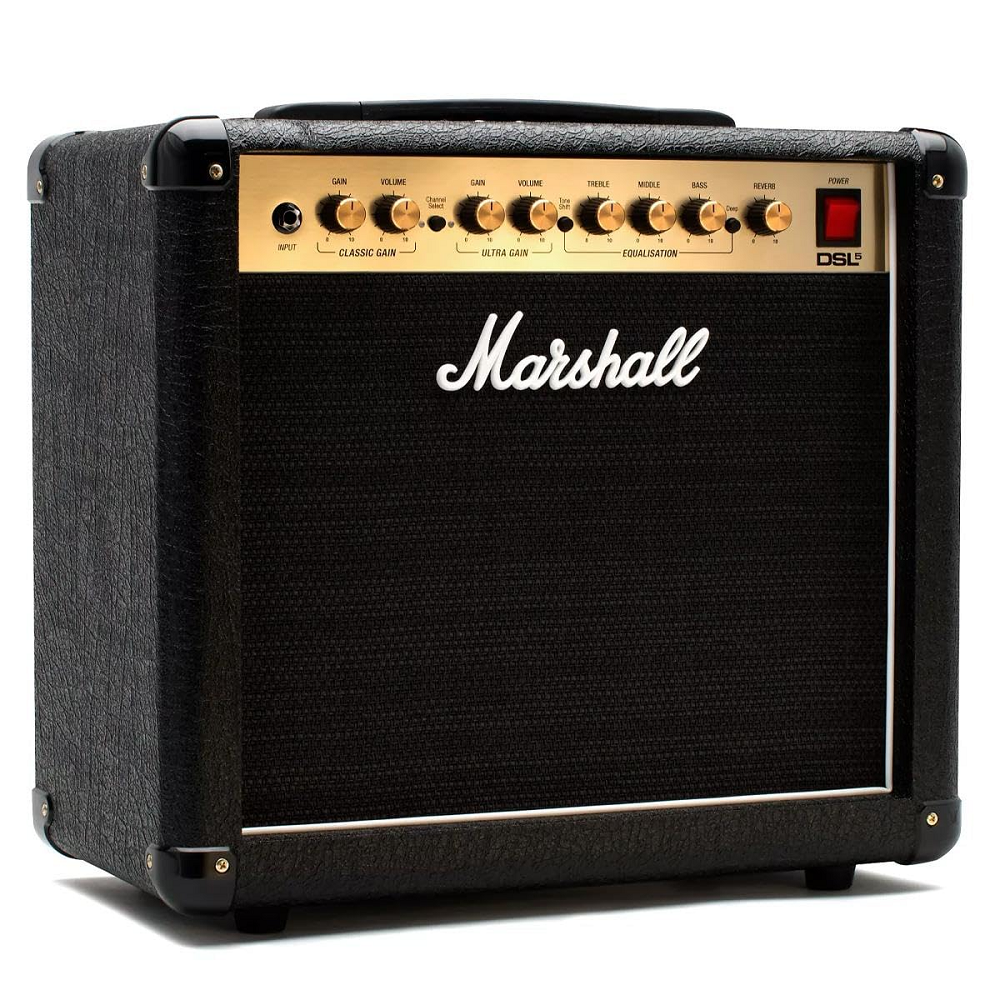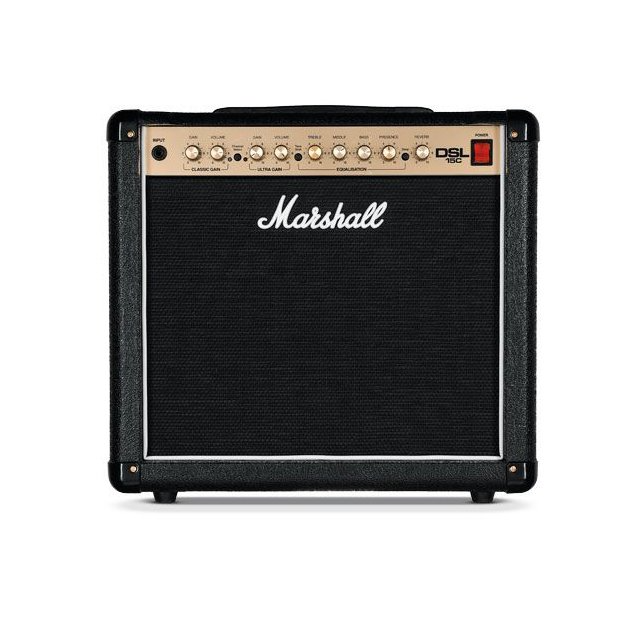Marshall amplifiers are not just equipment; they symbolize rock and roll itself. For over six decades, they have powered the dreams of aspiring guitarists and professional musicians around the globe. Their distinctive sound and iconic design have become synonymous with rock music. In this article, we will delve into the history, technology, and cultural impact of Marshall amplifiers. We aim to provide a comprehensive view of what makes these amplifiers so special.
The History of Marshall Amplifiers
The Beginning
Jim Marshall founded the company in 1962 in London, England. He began as a drum shop owner and was heavily involved in the music scene. Musicians often came to Jim for advice. They wanted a powerful amplifier that could deliver the rich sound they craved. Inspired by the requests, Jim started building his amplifiers. The first model was a simple 20-watt amp. It didn’t take long before musicians began to notice.
Rise to Fame
In the mid-1960s, rock music exploded in popularity. Bands like The Who and The Rolling Stones started using Marshall amplifiers. Their sound became more robust and powerful. This was a significant turning point for both Jim Marshall and the music industry. By the late 1960s, Marshall had become a household name. The iconic “Marshall Stack,” a combination of head and cabinet, became legendary. Musicians loved its loud, distorted sound, the hallmark of hard rock and metal.
Continued Innovation
Marshall has constantly evolved since its founding. They have introduced various models to meet different players’ needs. In the 70s, they released more versatile amplifiers. These new models allowed for greater tonal flexibility. The introduction of the JCM800 series in the 1980s marked another significant milestone. This model became a favorite among heavy metal musicians.
The Technology Behind Marshall Amplifiers
Class A vs. Class AB
Marshall amplifiers utilize different technologies. Most of their models are either Class A or Class AB. Class A amps provide rich harmonic content and smooth distortion. They are favored for blues and classic rock. On the other hand, Class AB amps deliver greater power and volume. They work well for heavy metal and more aggressive genres.
Tube vs. Solid State
Another crucial aspect is the type of amplification: tube or solid-state. Tube amplifiers use glass vacuum tubes to amplify sound. They are known for warm, natural tones. Many musicians believe tubes are the best choice for electric guitar, especially for rock music. Solid-state amps use transistors. They are more reliable and often less expensive. Each type has its pros and cons, offering different experiences for musicians.
Effects and Features
Modern Marshall amplifiers come with various features. Many come equipped with effects like reverb, delay, and EQ controls. Guitarists can customize their sound on the fly. This versatility makes them suitable for multiple genres.
The Cultural Impact of Marshall Amplifiers
The Sound of Rock and Roll
Marshall amplifiers are synonymous with rock music. They have defined the sound of countless legendary bands. Musicians like Jimi Hendrix and Slash have used them extensively. Their iconic riffs often echo through the tones delivered by these amplifiers. The signature “Marshall crunch” became a staple of rock guitar. It is this sound that countless aspiring guitarists chase.
Influence on New Generations
Marshall amplifiers have influenced entire generations of musicians. Many young artists aspire to own a Marshall amp as a rite of passage. Guitarists often feel a connection to their musical heroes who used these amplifiers. This phenomenon continues today. Newer generations still recognize the Marshall brand as a symbol of quality and performance.
The Rise of Digital
In recent years, digital modeling has gained traction. Software and hardware that replicate the sound of classic amplifiers, including Marshall models, are popular. However, true enthusiasts argue that nothing beats the sound of a real tube amp. Marshall has embraced this change by developing its modeling products. This allows them to stay relevant in a rapidly evolving industry.
The Range of Marshall Amplifiers
Beginner to Pro Models
Marshall offers a wide range of amplifiers, catering to all skill levels. Beginners often start with smaller, more affordable models. The MG series provides great sound without breaking the bank. Intermediate players might choose the DSL or CODE series for more features and versatility.
Professional Gear
For professional musicians, Marshall has high-end models. The JVM and JCM series are favorites among pros. These amplifiers provide exceptional sound quality and reliability on stage. They can handle the demands of touring and recording, making them essential tools for serious musicians.
Custom Options
Some guitarists opt for custom models to get the perfect sound. Marshall offers custom shops where musicians can design amps according to their specifications. This customization allows them to create unique sounds tailored to their playing style.
Iconic Models and Their Features
Marshall JCM800
The JCM800 is one of the most celebrated amplifiers in rock history. Released in the 1980s, it quickly became a favorite among guitarists. Known for its raw power and distortion, it helped shape heavy metal music. Many famous guitarists, including Slash and Zakk Wylde, have used it. Its two-channel design allows for versatility, making it excellent for both clean and distorted sounds.
Marshall Plexi
The Marshall Plexi is another iconic model. It has a warm, vintage tone that many musicians crave. Originally introduced in the late 1960s, it set the standard for rock amplifiers. Many classic rock songs feature the Plexi’s distinctive sound. It is particularly famous for its simplicity and straight-ahead design.
Marshall DSL Series
The DSL series is beloved for its versatility. These amplifiers feature a range of tonal options, making them suitable for various music styles. The dual-channel design gives players the ability to switch between clean and distorted sounds effortlessly. It’s a great option for both home practice and live performances.
Buying a Marshall Amplifier
What to Consider
When purchasing a Marshall amplifier, there are several factors to consider. Think about your playing style and the genres you want to explore. Do you prefer a cleaner tone, or are you after a high-gain sound? Knowing this helps narrow down your options.
Budget
Budget is another crucial factor. Marshall offers models in varying price ranges. Determine how much you are willing to invest. Keep in mind that professional models tend to be more expensive but may offer better durability and sound.
Authenticity
Always buy from reputable dealers to ensure authenticity. Avoid cheap imitations, as they may not deliver the sound quality you expect. Research reviews and do your homework before making a final decision.
Conclusion
In summary, Marshall amplifiers have had a profound impact on music culture. Their history, technology, and exceptional sound quality make them a top choice for musicians. From aspiring beginners to professional rock stars, Marshall amplifiers meet diverse needs. Understanding the different models, features, and innovations helps players make informed choices.
As music evolves, Marshall continues to innovate. They blend classic designs with modern technology. Whether you are just starting or are a seasoned pro, a Marshall amp can elevate your playing experience. The world of Marshall amplifiers is full of possibilities, and their lasting legacy in rock and roll is undeniable. If you haven’t tried a Marshall amplifier yet, it’s high time you did. The power, sound, and artistry are waiting for you.





